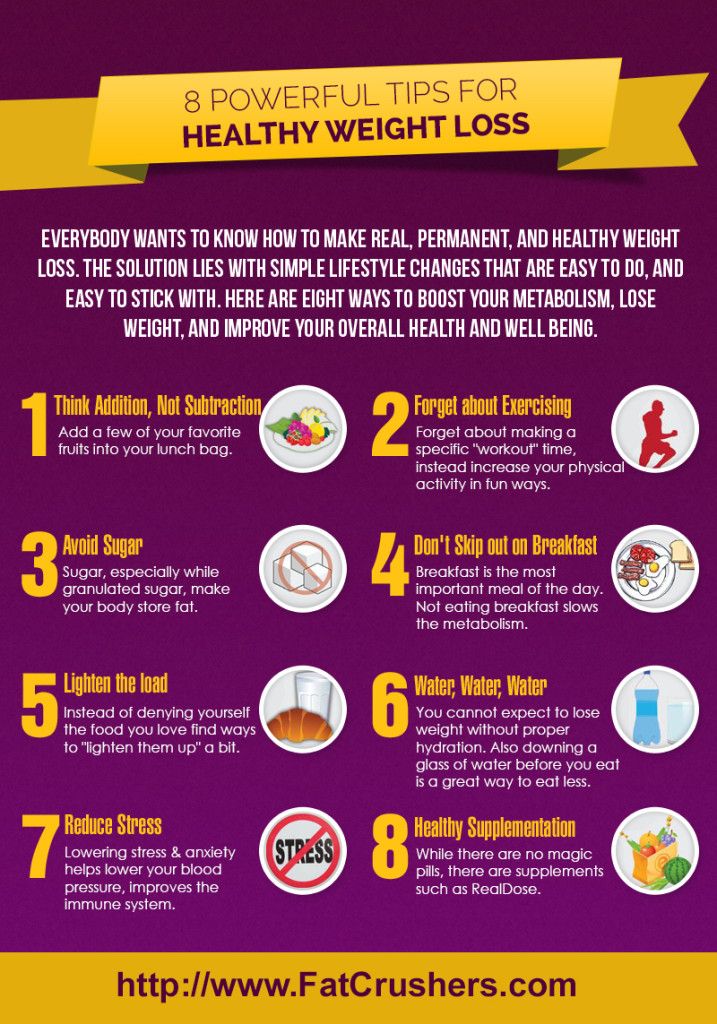
A few simple rules will help you burn calories using an elliptical. Begin your workout by warming up for 5-10 minutes. Second, ensure you are following proper form. To pull and push in the correct direction, use the handlebars. The last tip is to work out at a low resistance and lowest incline. You can burn up to 750 calories per day with an elliptical, but you may need to exercise for 60 minutes a day.
Using music to burn calories on elliptical
You can burn calories using music on an electric elliptical. Music can have profound effects on your fitness program, as well as psychological benefits. It can even make the workout more enjoyable. Brunel University's study found that exercising while listening to music was more enjoyable. The researchers used a portable electroencephalogram, a device that detects epilepsy to find out if runners enjoyed listening to Pharrell’s "Happy" or TED Radio Hours.
Music can be used to burn calories on an electric elliptical. It is also a great way for you to stay motivated while working out. According to the American Council on Exercise, music directly influences motivation levels. It is important to select music that will inspire you, rather than boring instrumental tracks. Many elliptical machines have pre-programmed features that help you burn calories. These features can be used to your advantage. Make sure you have entered personal information. Choose a workout that meets your needs and goals.

Age, gender, weight
Your fitness level and age will determine how many calories your elliptical burns. The more calories you lose, the heavier you will be. You can also influence how much calories you burn by the intensity of your workout. A calorie calculator can help you estimate how many calories you will burn. The more calories you consume, the better.
To maximize your exercise benefits, start your workout with a five to ten-minute warm-up. Make sure you are correct in your movements when using the handlebars to pull and push. After warming up your muscles, you can increase the resistance level and the incline to target different muscle group. An elliptical workout for 60 minutes can burn around 750 calories a day.
Exercise intensity
The intensity of workout on an elliptical machine can be adjusted to suit your own fitness level. Low-intensity workouts are a great option for those with heart or joint problems, or those recovering from a vigorous workout. Slow, steady-state workouts can help increase endurance and burn fat for energy. You can increase the intensity of your elliptical workout by changing resistance and incline. High-intensity workouts are more effective for different muscles and can last longer.
The elliptical is much easier than a treadmill. You should gradually increase resistance. You may feel like your efforts are too hard at first. But, keep trying. Once you have learned the basics of elliptical training, you can push yourself. When working out, keep your posture straight and maintain good form. You may also need to increase resistance if you find yourself reaching plateaus.

MET values for calories burned on elliptical
The MET value for calories burned by an elliptical measures how much energy your body burns during a given activity. The value for a 70 kg person, for example, is 175.0 kcal per half hour. You can use a calorie calculater to determine how many calories you will burn. Enter your body weight and MET value along with the duration to calculate how many calories will you burn. This will give you an estimate of how much energy your machine uses. The calculator will calculate the exact calories you'll burn using a 5 Met value of around 175.0 kcal/half hour.
The MET value is the number of calories you burn on an elliptical. It depends on how hard and fast you use it. The resistance level will determine how many calories you burn. To find the number of calories burned, multiply your body weight (in kilograms) by the MET value for the resistance level. A person who is eighty kilograms or more can burn 437 calories per hour at resistance level 5. However, someone who is 115 kg or less can burn 509 calories per hour at resistance level 8.
FAQ
What Can You Lose in One Week?
The amount of weight that you can lose will depend on how high your body fat percentage is. The first thing to do is to calculate how much weight you want to lose and then find out what your BMI (Body Mass Index) is. Your BMI (Body Mass Index) tells you how much weight should be lost to reach your goal. If your BMI is 25 or greater, you're overweight. If your BMI reads 30 or more, you are likely obese.
For example, if 200 pounds is your BMI, it would be 28.7. This means that you'd need to lose around 70 pounds to get down to a healthy weight range. To see if you're overweight, visit www.healthyminds.com/bmi/.
Once you know your BMI, this formula will allow you to determine how many pounds per week you'll be able to lose.
(Your Goal Weight - Current Weight)/BMI * 7 Number Of Pounds Lost Per Week
You would need to do 2 weeks of exercise to lose 50 lbs in one month. This is equal to 56 days. Divide that by 7 pounds per week. That's 8.3 pounds per week.
You could also try this calculator from www.weightlosscalculator.net. This calculator gives you an estimate of how many calories are needed to lose 1 pound per day.
How long do I need to fast for weight loss?
The answer is not as simple as you might think. It is important to take into account a number of factors when deciding the optimal days for fat loss. These are:
-
Your age. Your age. Intermittent fasting is more difficult for younger people under 40. You have less time to recover each day from fasting. Alternately, if your age is over 60, intermittent fasting might prove too challenging because you may not have enough energy to last for extended periods of time.
-
Your current body composition. Your current body composition. If you have a lot more muscle mass than you need, then you will likely be more successful with longer fasting periods. For those with less muscle mass, however, you may be able to benefit from shorter fasting times.
-
How physically active. If you exercise regularly, you may need to extend your fasting window to ensure that you still get adequate rest between workouts.
-
Your past health history. Some people with medical conditions like diabetes, heart disease, cancer, etc., may require additional fasting monitoring.
-
How can you manage stress? Stressful situations often make us eat less. This problem can be avoided by increasing the length of your fasting periods.
-
It is the type of diet you are following. Certain diets, like ketogenic diets, may require even longer fasting periods.
-
Your sleep quality. Also, a lack of sleep has been linked with increased appetites and decreased metabolism. Therefore, it may take some experimentation before determining what works best for you.
-
The amount you eat of protein. The ability to stabilize blood sugar levels. Eating more protein can lead to lower insulin levels. This would allow one to fast for longer periods.
-
Individuals who are trying lose or gain weight will require longer fasting times than those who are trying.
-
What percentage of calories do you consume during your fasting window? You may lose more weight if you eat fewer calories each day than if you eat more.
-
Your overall fitness level. The metabolic rate of fast people who are fit is higher, which means they burn more calories each day.
-
Your gender. Men have greater appetites than women and may need to fast longer. Women generally have smaller appetites, so they may only need to fast for about 20-30 minutes every morning.
-
Your lifestyle. Are you someone who gets plenty of physical activity? Do you do a lot of exercise each week? Does your job involve sitting at a desk all day long? These factors can impact how fast you should be moving.
-
What amount do you spend on food each month? You don't have to spend much on groceries to eat healthy food. Whole grains can be replaced by white bread, fruits can replace candy bars, and lean cuts of meat can be used to save money.
-
You need to be able to control your hunger. If you don't want to skip meals, you might not need to fast as long as other people do.
Is there a difference between intermittent fasting, calorie restriction, and intermittent fasting?
Calorie restriction can be defined as eating less than your body needs. Intermittent Fasting is different in that it doesn't restrict calories. Instead, the emphasis is on eating fewer calories each day.
Intermittent fasting is more effective because it allows you to enjoy foods you love without feeling guilty.
Each method has its pros and cons. You have to decide which method you prefer.
Statistics
- One study in 9 active men found that HIIT burned 25–30% more calories per minute than other types of exercises, including weight training, cycling, and running on a treadmill (18Trusted Source (healthline.com)
- It's estimated that half of all American adults attempt to lose weight every year (1Trusted (healthline.com)
- One 6-month study showed that simply doing 11 minutes of strength-based exercises 3 times per week resulted in a 7.4% increase in metabolic rate, on average. (healthline.com)
- Among women, the increase in metabolic rate was nearly 4%, or 50 more calories per day (14Trusted Source (healthline.com)
External Links
How To
How to Intermittent Fasting
Intermittent fasting, a type of dieting that allows you to only eat one time per week, generally Monday through Friday. This diet aims to lower your overall calorie intake, while still ensuring you get enough nutrition. It is believed that this will help you burn fat quicker than if the meals are regular for the whole week.
The most common form of IF involves restricting calories only on certain days of the week. This means you could skip breakfast every morning and still eat what you want the rest of the week. You could also choose to eat three small meals daily rather than two large ones.
There are many different forms of intermittent fasting, including alternate day fasting, 5/2 fasts, 8/4 fasts, 16/8 fasts, etc. Each type of intermittent fasting has its pros and cons. Alternate-day fasting is the easiest method to get started because it doesn't require any significant lifestyle changes. However, for some people it can be difficult to follow a strict diet, so they may prefer to explore other options.
Alternate-day fasting is a good option if you are looking to begin an intermittent fasting program. This will allow your lifestyle to be gradually altered while you transition into more extreme fasting.